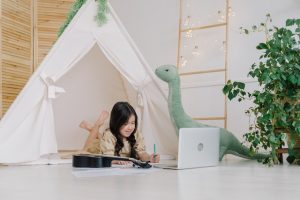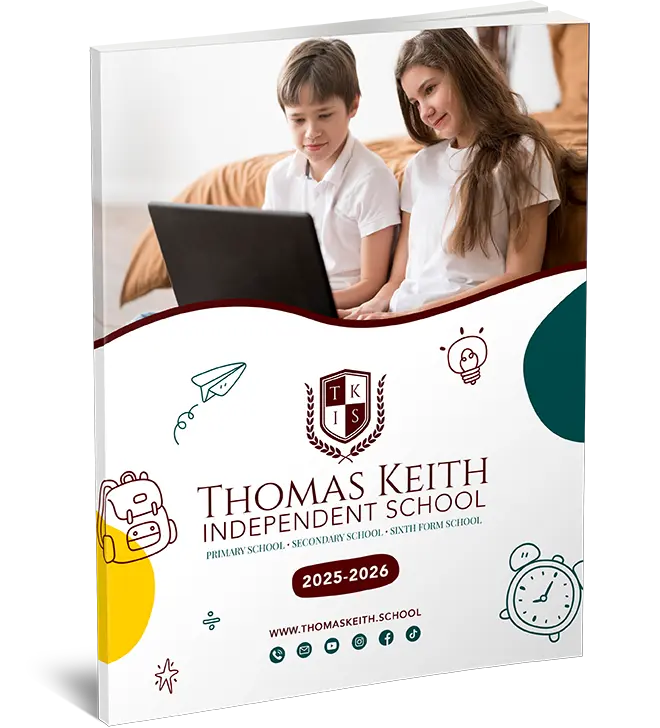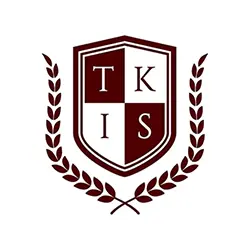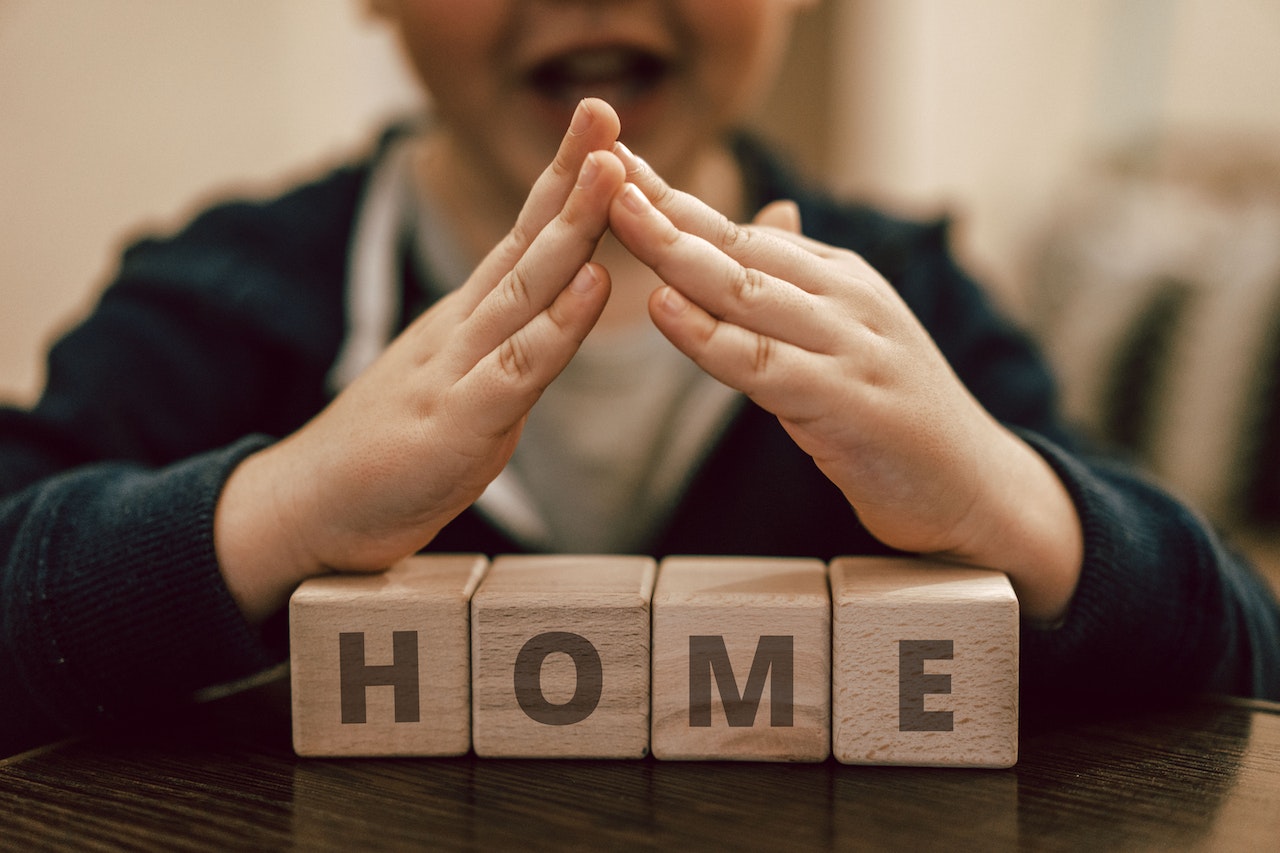Kindergarten or, as we called, Reception sets the framework for academic achievement. Reception homeschooling allows parents to establish a personalised and loving learning environment. It’s essential to create a high-quality reception homeschool curriculum to foster lifelong learning. This article discusses how to create a kindergarten homeschool curriculum that inspires a love of learning and prepares kids for the future.
For a well-rounded education, a Reception homeschool curriculum should cover several areas. Language arts, math, science, social studies, art, music, PE, and social-emotional development should be included. By incorporating these courses, parents can offer their children a well-rounded education and help them develop crucial skills.
Reception homeschoolers need language arts. It promotes phonics, reading preparation, vocabulary, listening, and early writing. Read-aloud, sight words, storytelling, creative writing, and journaling can be done by parents. Age-appropriate books and materials encourage reading and linguistic exploration.

When it comes to reception homeschooling, focusing on the fundamentals of math is important. Parents can teach counting, basic addition and subtraction, shape recognition, and measurement. Children can learn math concepts by manipulating counting blocks or measurement equipment. Real-life examples and problem-solving activities show kids how maths applies to their lives.
Reception homeschool science is fun. Hands-on experiments, nature excursions, and observation can teach kids about nature. Age-appropriate activities, basic studies, and interactive materials can investigate plants, animals, weather, and the human body. When we encourage children to ask questions, make predictions, and record their findings, it nurtures their curiosity and passion for science.
Social studies Community, culture, and the globe should be taught in reception homeschooling. Parents can discuss families, neighbourhoods, holidays, and traditions. Map discovery, cultural festivities, and virtual field excursions help students learn about society and cultivate global citizenship.
A reception homeschool curriculum needs art and music. Parents can encourage creativity through painting, drawing, sculpting, and collage-making. Exposing kids to varied artists, genres, and instruments fosters creativity and respect for the arts. Music and movement develop fine and gross motor skills, rhythm, coordination, and self-expression.
Reception homeschoolers need PE. To enhance gross motor skills, coordination, and a healthy lifestyle, parents can include enjoyable and vigorous workouts, games, and physical challenges. Outdoor activities, nature walks, and organised sports help kids exercise, develop spatial awareness, and improve their health.
Reception homeschoolers need social-emotional development. By creating a nurturing environment, parents can help foster self-awareness, empathy, and social skills in their children. Cooperative play, problem-solving, and emotional talks foster social-emotional development. Parents can use mindfulness and relaxation strategies to help kids manage stress and build emotional resilience.
The reception homeschool curriculum must be flexible. Parents can tailor the curriculum to their child’s learning style, interests, and pace. Some kids need extra time to master skills or want to explore specific interests. Parents can add an element of fun to learning by tailoring the curriculum to their child’s specific needs.
Reception homeschool curriculum must include hands-on and experiential learning. This age group learns best by doing. Field trips, nature walks, and culinary and science experiments allow kids to use all their senses and actively learn. Engaging in hands-on learning nurtures curiosity, critical thinking, and problem-solving skills.
Finally, the reception homeschool curriculum includes regular assessment and progress tracking. Parents can track their child’s progress and identify strengths and weaknesses through observation, checklists, portfolios, and informal assessments. Assessments assist parents to adapt their teaching methods to their child’s changing demands.
A good reception homeschool curriculum inspires lifelong learning. Parents can provide a well-rounded education by including language arts, mathematics, science, social studies, art, music, physical education, and social-emotional development. A good curriculum incorporates hands-on activities, flexibility, inquiry, and regular assessment to encourage curiosity, critical thinking, and a solid education.
Homeschooling lets parents customise their kids’ education. Receptioners need a well-designed homeschool curriculum. A reception curriculum that meets children’s developmental needs is essential for academic achievement. This article discusses how to create a reception homeschool curriculum that meets young learners’ educational needs.

Reception homeschool curricula must match children’s developmental stages. Receptioners have specific learning demands. They want to explore, ask questions, and try things. The curriculum should reflect their curiosity and active learning style.
Reception homeschoolers must learn language and literacy. This age is when kids develop language and vocabulary. Phonics awareness, listening comprehension, and early reading and writing skills should be taught. Encourage writing and painting, read-aloud, and story retelling. Age-appropriate literature and interactive language activities foster language love and literacy development.
Reception homeschoolers must also learn maths. Children can learn counting, number recognition, and rudimentary addition and subtraction. The curriculum should include games, manipulatives, and hands-on activities to make maths fun. Help kids visualise math by counting bricks, buttons, or natural materials. This hands-on method builds maths skills and a positive mindset.
Reception homeschool curriculum should include science exploration. Young learners naturally want to explore and discover. Age-appropriate science activities should stimulate discovery and observation. Simple experiments, natural excursions, and hands-on crafts let kids explore plants, animals, weather, and the human body. Ask questions, predict, and record observations. Science fosters curiosity and critical thinking.
Reception homeschool social studies educates students about the world and other cultures and civilisations. Include family, community, holidays, and customs. Discuss, read, role-play, and celebrate with kids. To broaden their worldview, teach maps and continents. Early social studies foster curiosity and cultural awareness.
- A well-rounded reception homeschool curriculum includes creative expression. Paint, sketch, collage, and sculpt with kids. Encourage imaginative play, storytelling, and dramatic reenactments. Show them other artists, styles, and cultures. Music and movement activities improve rhythm, coordination, and self-expression. Artistic exploration fosters creativity, self-confidence, and fine motor abilities.

- Youth development requires physical education. The reception homeschool curriculum should include gross motor skills, coordination, and healthy lifestyle activities. Encourage children to play organised games outdoors and actively. Strengthen and stretch with workouts. Physical activity improves their health and encourages an active lifestyle.
- Reception homeschoolers need social-emotional development. Young learners build social and emotional skills. The curriculum should promote self-awareness, empathy, and constructive connections. Encourage youngsters to communicate, solve problems, and play together. Give them conflict resolution and manners practice. Social-emotional skills improve children’s well-being and classroom climate.
- Reception homeschool curricula must be flexible. Parents can tailor the programme to their child’s interests, requirements, and pace. Some kids acquire concepts quickly, while others are gifted in certain areas. Parents can adjust the curriculum to each child’s needs, creating a positive and productive learning experience.
Finally, a good reception homeschool curriculum meets young learners’ educational needs. Parents can provide a well-rounded education by including language and literacy, numeracy, science, social studies, artistic expression, physical education, and social-emotional development. The curriculum should adapt to each child’s learning style, interests, and pace. Parents may foster lifetime learning and academic success with a well-planned curriculum.




